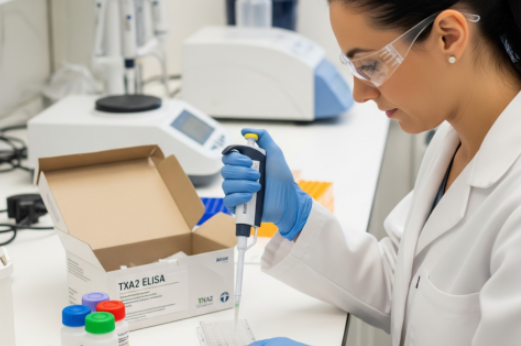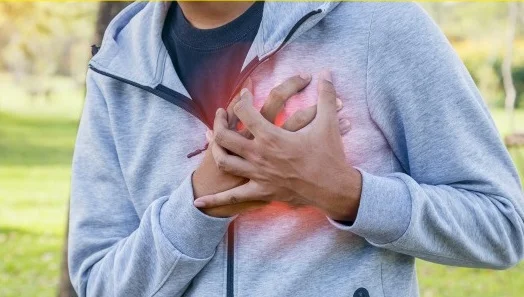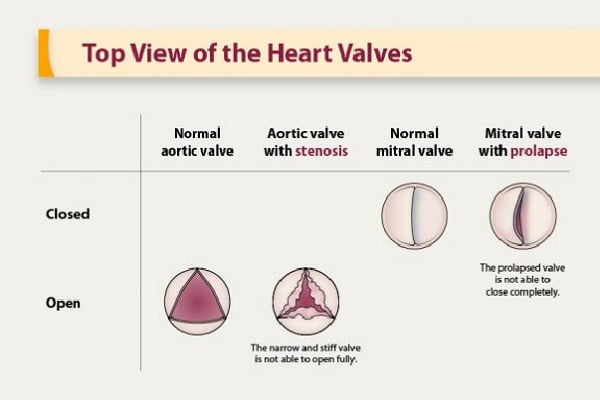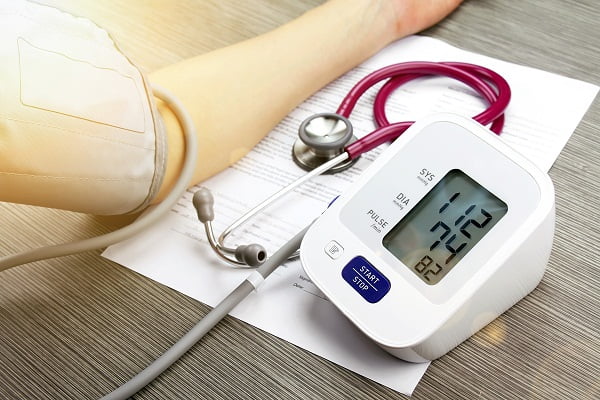Browsing: Heart

The page provides quick access to a list of common heart diseases, syndromes, health conditions, and other topics of health importance about your heart. The list is organized alphabetically. Links are provided to respective diseases sections that serve as a comprehensive and ultimate guide about the disease or health condition.
Our heart is the most sophisticated working muscle in the body. A heart beats about 100,000 times in a day. It continuously supplies oxygen and nutrients throughout the body. The heart also pumps blood to expel waste products such as carbon dioxide to the lungs, which has to be eliminated from our body.
Proper heart function is highly essential to support life. There are many types of heart diseases that can occur if the heart does not function properly or if any other organ, influencing the heart, does not function efficiently. Most heart diseases are lifelong conditions, and if experienced once, they can create problems throughout your life and sometimes can be a cause of death.
The Centers for Disease Control (CDC) states that heart disease is one of the leading causes of death in the United Kingdom, United States, Canada, and Australia. In the US, one in every four deaths occurs due to a heart disease.
Some of the common heart diseases and heart conditions are coronary heart disease, enlarged heart, heart attack, irregular heart rhythm, tachycardia, atrial fibrillation, congenital heart diseases, heart attack and hypertension. In the United States, the most common type of heart disease is coronary artery disease (CAD).
How Thromboxane A2 ELISA Kits Aid in Inflammation and Oxidative Stress Research?
How Thromboxane A2 ELISA Kits Aid in Inflammation and Oxidative Stress Research? Inflammation is the body’s natural response to infection,…
The Unseen Danger: How Sudden Cardiac Arrest Affects Healthy Individuals
When we think of heart issues, we often picture conditions like heart attacks, which typically come with warning signs such…
Heart arrhythmia (an irregular heartbeat) is a common condition that can range in severity from harmless to life-threatening. For those…
As we age, our heart’s efficiency can gradually decline, influenced by both the natural aging process and our lifestyle choices.…
5 Intriguing Factors Impacting Blood Pressure Control Beyond Diet and Medication
High blood pressure, medically termed hypertension, affects millions worldwide and is commonly managed through dietary adjustments and medication. However, several…
How Do You Prevent a Heart Attack Quickly? Which Exercise Is Best for the Heart?
Introduction Heart disease remains one of the leading causes of death worldwide, and preventing a heart attack is crucial for…
Many people neglect to regularly check their blood pressure despite being aware of the risks associated with hypertension. It is…
Any heart valve that has been damaged or is ill is said to have valvular heart disease. Valve illness has…
Claudication is sometimes considered a disease, but it not a disease. It is a symptom of certain diseases, mainly peripheral artery disease. Claudication is a serious blood circulation problem in which the vessels that supply blood flow to the legs or arms of a person are narrowed. Read about treatment, diagnosis, and symptoms of claudication pain.
Blood Pressure Readings and Chart: What Is Your Blood Pressure Supposed to Be?
When your doctor monitors your blood pressure, it’s denoted with two numbers, with one number on top (systolic) and one on the bottom (diastolic). This can be denoted like a fraction – 120/80 mm Hg. The top number is called systolic blood pressure. The bottom number refers to the diastolic blood pressure.













